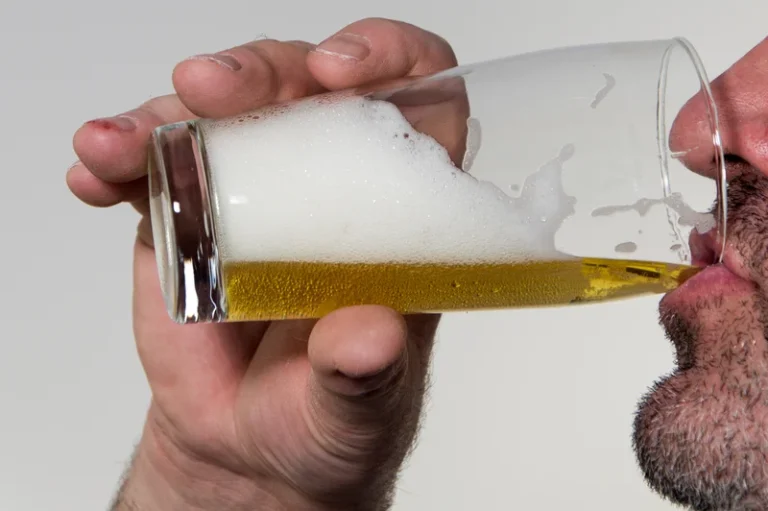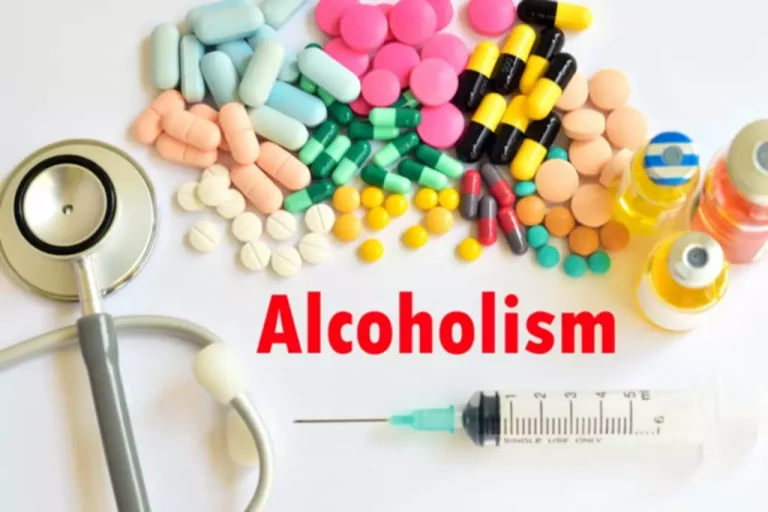
Unfortunately, alcohol also disrupts the normal function of your kidneys, making them less able to filter the blood at all. Finally, alcohol dehydrates your body, which further hinders the normal function of your cells and organs. To treat liver disease, you may be advised to stop drinking alcohol, lose weight, and follow a nutritional diet. A liver transplant may be necessary in cases of liver failure. You may have kidney pain after drinking alcohol due to dehydration or inflammation of your stomach lining. But it can also happen if you have other health conditions, including a kidney infection.
Kidney Conditions from Short and Long-Term Drinking
Liver disease makes you susceptible to pain or discomfort after drinking alcohol. This is especially likely if your liver is impaired due to alcoholism. The disease can also affect blood flow to the kidneys and cause them to be less effective in filtering blood. Despite the multiple possible causes of acidosis, disturbances in acid-base balance are more frequently manifested as low acidity (i.e., alkalosis). Alkalosis was present in 71 percent of patients with established liver disease in 11 studies, and respiratory alkalosis was the most common disturbance in 7 of the studies (Oster and Perez 1996).

Chronic kidney disease (CKD) stages
This often goes away after a time, but it can occasionally lead to lasting kidney damage. Furthermore, Recent studies have identified proenkephalin (PENK), a stable surrogate marker for endogenous enkephalins, as a promising biomarker for kidney function. PENK is freely filtered by the glomerulus and has been shown to strongly correlate with glomerular filtration rate (GFR) (Ng et al., 2017; Schulz et al., 2017; Khorashadi et al., 2020). Hepatorenal syndrome may appear in patients afflicted with any severe liver disease, but in the United States, studies most often have identified alcoholic cirrhosis as the underlying disorder. Major clinical features of hepatorenal syndrome include a marked decrease in urine flow, almost no sodium excretion and, usually, hyponatremia and ascites.
- It makes sense that red wine would be the best choice since it’s rich in phenols, which are known to have anti-inflammatory properties, Gutierrez says.
- However, another rat model showed that ethanol may increase blood pressure and angiotensin II type 1 receptor expression, causing glomerular morphology changes.
- If you’ve already been diagnosed with cancer, drinking alcohol could also affect your risk of developing a new cancer.
- In addition to contributing to the development of high blood pressure, alcohol also has the potential to affect certain high blood pressure medications.
How to Detox Your Body From Sugar: Basics and Commitment Tips
In addition, consuming enough water is crucial to support proper kidney function. Additionally, the kidneys help regulate blood pressure, stimulate red blood cell production, and contribute to bone health. Various factors affect their function, including alcohol intake. Addressing or preventing kidney alcohol and kidneys damage or disease as a result of chronic drinking often involves seeking treatment for alcohol use and addiction. There are several options available for overcoming an alcohol use disorder, including the inpatient addiction programs offered at various Vertava Health’ treatment facilities.
How greening our cities can reduce heat stress

One reason alcohol may affect the kidneys is through acute kidney injury. This may result from high levels of toxins leading to tissue injury and inflammation. Studies suggest that ethanol consumption may increase renal expression of other potential sources of free radicals involving a family of enzymes called nitric oxide synthases (Tirapelli et al. 2012).
Professional development

This complexity is compounded by the fact that the direction of these effects does not appear to be uniform across different agents, thereby challenging the establishment of a consensus. In the subsequent sections, we endeavor to dissect the underlying causes of this variability and explore https://ecosoberhouse.com/ the differential roles of OR subtypes in renal function. Yet early indicators of alcohol issues show that if attention were paid, excessive drinking might be headed off before alcoholism develops. For example, experts now recognize a pre-addiction stage of alcohol use disorder (AUD).
- We used data from the National Health Interview Survey (NHIS) in 2001, 2005, and 2009; the National Health Insurance research database; and, the National Deaths Dataset.
- In July 2024, his team published two more studies that underscored paternal alcohol effects on mice offspring.
- This hypothesis gains support from experimental findings by Prof. Kapusta and colleagues.
- In other words, the kidneys’ ability to excrete excess fluid by way of dilute urine is impaired, and too much fluid is reabsorbed.
- For example, in an early study on dogs (Chaikoff et al. 1948), investigators observed several striking alterations after chronic alcohol administration.
Diluted urine causes an increase in electrolytes in the blood. One of the most important considerations about alcohol in a renal diet is the fact that alcohol is a fluid. Now that we have covered some of the nutrients in alcohol, let’s look at how alcohol can affect the body and nutrients inside the body. While many kidney patients have concerns about not keeping on weight, adding alcohol is not a solution to prevent wight loss.
The prevailing investigations into morphine’s action do not consistently delineate the particular receptor subtype—MOR, KOR, or DOR—to which its therapeutic and adverse effects can be attributed. Yet, a significant gap persists in discerning the effects attributable to specific OR subtypes. Historically, the scientific exploration into morphine’s effects initially prioritized understanding its influence on renal physiology.
Psilocybin and other new treatment options for AUD
The best replica watch knowledge in the world is on Breitling Replicas
Achetez des montres Rolex super clones parfaites bon marché sur le site repliquesdemontres.is. Nous proposons une fausse Rolex à mouvement suisse 1: 1 à bas prix.
Cheap 1:1 AAA Swiss Super Clone & Fake Rolex Submariner Watches UK | Best Quality Swiss Movement Rolex Submariner Replica Watches For Men And Ladies.